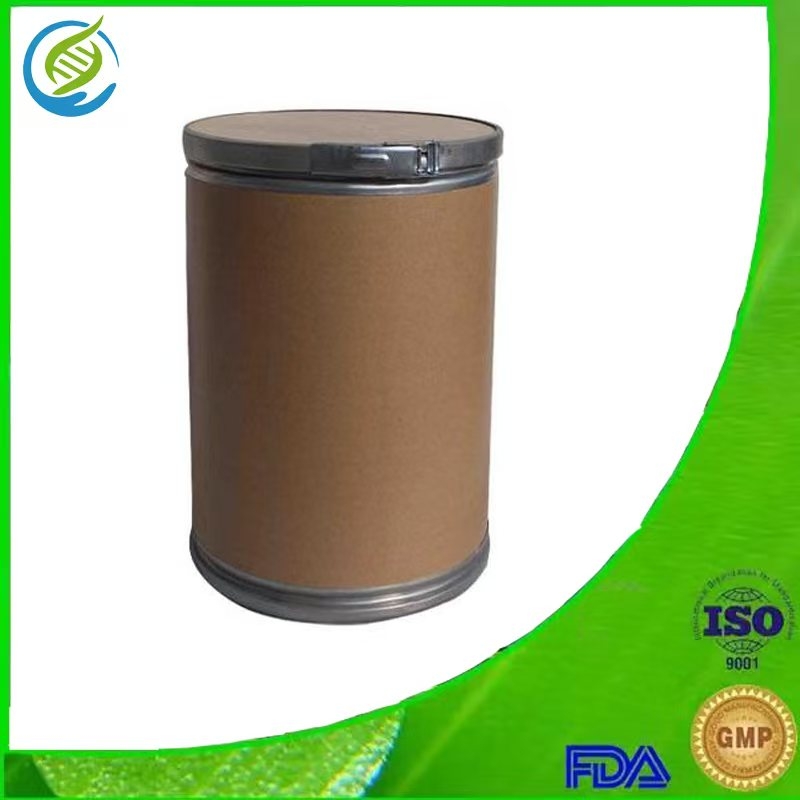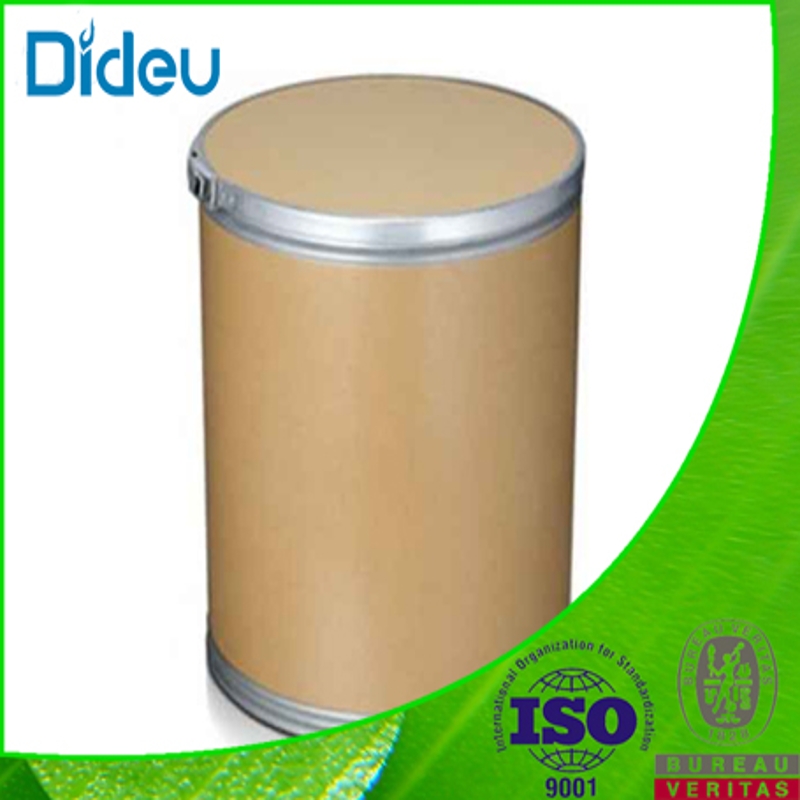-
Categories
-
Pharmaceutical Intermediates
-
Active Pharmaceutical Ingredients
-
Food Additives
- Industrial Coatings
- Agrochemicals
- Dyes and Pigments
- Surfactant
- Flavors and Fragrances
- Chemical Reagents
- Catalyst and Auxiliary
- Natural Products
- Inorganic Chemistry
-
Organic Chemistry
-
Biochemical Engineering
- Analytical Chemistry
-
Cosmetic Ingredient
- Water Treatment Chemical
-
Pharmaceutical Intermediates
Promotion
ECHEMI Mall
Wholesale
Weekly Price
Exhibition
News
-
Trade Service
(S)-BENZYL 2,6-DIOXOHEXAHYDROPYRIMIDINE-4-CARBOXYLATE is an organic compound that has a wide range of applications in the chemical industry.
This compound is used as an intermediate in the production of various chemical products, including pharmaceuticals, agricultural chemicals, and fragrances.
One of the primary uses of (S)-BENZYL 2,6-DIOXOHEXAHYDROPYRIMIDINE-4-CARBOXYLATE is as an intermediate in the production of active pharmaceutical ingredients (APIs).
APIs are the chemical components of drugs that have a therapeutic effect on the body.
Many APIs are derived from natural products or synthetic chemicals, and (S)-BENZYL 2,6-DIOXOHEXAHYDROPYRIMIDINE-4-CARBOXYLATE is used as an intermediate in the production of some of these APIs.
Another use of (S)-BENZYL 2,6-DIOXOHEXAHYDROPYRIMIDINE-4-CARBOXYLATE is in the production of agricultural chemicals.
This compound is used as an intermediate in the production of herbicides, insecticides, and fungicides.
These chemicals are used to protect crops from pests and diseases, and to increase crop yields.
(S)-BENZYL 2,6-DIOXOHEXAHYDROPYRIMIDINE-4-CARBOXYLATE is also used in the production of fragrances and flavorings.
This compound is used as an intermediate in the production of perfumes, scents, and flavorings for food products.
In the chemical industry, (S)-BENZYL 2,6-DIOXOHEXAHYDROPYRIMIDINE-4-CARBOXYLATE is considered an intermediate or a building block for the production of other chemical products.
This compound is synthesized through a series of chemical reactions, and it is then used as an intermediate in the production of other chemicals.
The production of (S)-BENZYL 2,6-DIOXOHEXAHYDROPYRIMIDINE-4-CARBOXYLATE is a complex process that involves several steps.
The first step in the production of this compound is the synthesis of benzyl alcohol, which is then converted into benzaldehyde through a series of chemical reactions.
The next step is the reaction of benzaldehyde with sodium hydroxide to form a benzyl diol.
This diol is then converted into a benzyl ether through a reaction with a halogen such as chlorine or bromine.
The ether is then hydrolyzed to form a benzyl alcohol, which is then converted into (S)-BENZYL 2,6-DIOXOHEXAHYDROPYRIMIDINE-4-CARBOXYLATE through a series of chemical reactions.
The production of (S)-BENZYL 2,6-DIOXOHEXAHYDROPYRIMIDINE-4-CARBOXYLATE is a complex and multi-step process that requires a significant amount of expertise and resources.
The production of this compound involves the use of various chemical reagents, solvents, and equipment, and it requires a high degree of purity and accuracy in order to ensure the quality of the final product.
The demand for (S)-BENZYL 2,6-DIOXOHEXAHYDROPYRIMIDINE-4-CARBOXYLATE is increasing, primarily driven by the growing demand for active pharmaceutical ingred






